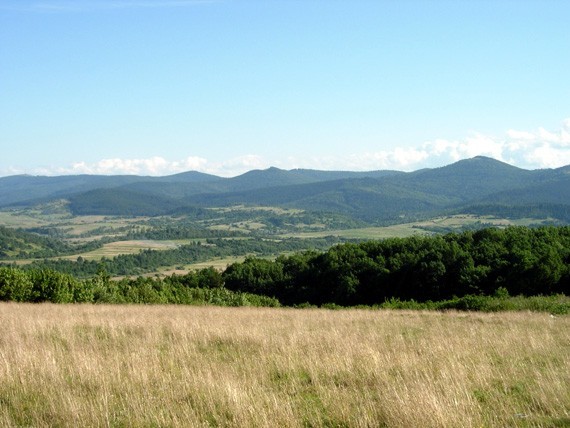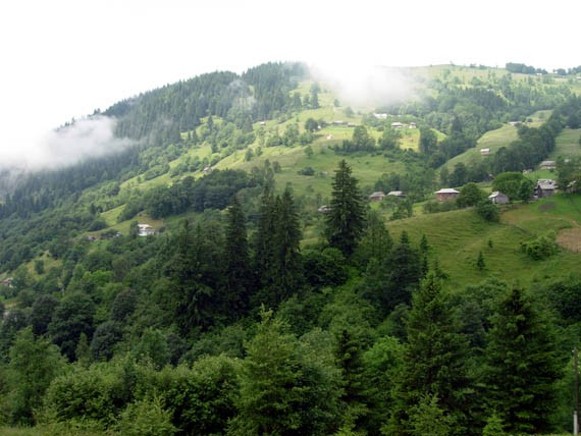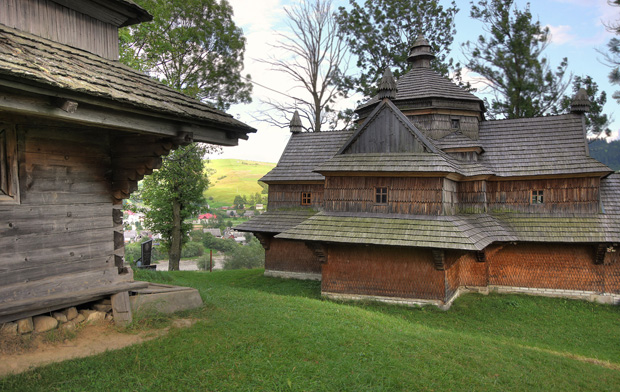Hutsul region
Hutsul region (Hutsulshchyna). A region in the southeasternmost part of the Carpathian Mountains of Galicia, Bukovyna, and Transcarpathia (the basins of the upper Prut River, upper Suceava River, upper Bystrytsia Nadvirnianska River, and upper Tysa River valleys), inhabited by Ukrainian highlanders called Hutsuls. Except for eight settlements in Romania, the Hutsul region lies within the present-day borders of Ukraine.
The earliest studies of the region and its inhabitants were written in the 1790s by Baltazar Hacquet, professor of Lviv University, and in the first half of the 19th century by Ivan Vahylevych, Yakiv Holovatsky, and such Polish scholars as K. Milewski, Kazimierz Władysław Wójcicki, A. Bielowski, I. Czerwiński, S. Staszic, and Wincenty Pol. Since the second half of the 19th century much research on the history, Hutsul dialect, folklore, and ethnography of the region has been produced by Ukrainian (Holovatsky, Ivan Franko, Volodymyr Hnatiuk, S. Vytvytsky, Omelian Ohonovsky, Fedir Vovk, Antin Onyshchuk, Filaret Kolessa, Ivan Verkhratsky, Volodymyr Kobrynsky, Ivan Krypiakevych, R. Harasymchuk, Volodymyr Shukhevych, Volodymyr Kubijovyč, Oleksa Horbach and Anna Halyna Horbach, and others), Polish (J. Turczyński, Oskar Kolberg, Adam Kirkor, Izydor Kopernicki, K. Kosiński, and others), Czech (Jiři Král, D. Krandžalov, J. Podolák), Russian (P. Bogatyrev), German (Raimund Friedrich Kaindl), Romanian (I. Pătruţ), and Hungarian (B. Gunda) scholars. The region has also served as the subject or setting of many literary works, notably those by Yurii Fedkovych, Hnat Khotkevych, Lesia Ukrainka, Vasyl Stefanyk, Marko Cheremshyna, Mykhailo Kotsiubynsky, Olha Kobylianska, Petro Shekeryk-Donykiv, Mykhailo Lomatsky, Ulas Samchuk, Vasyl Grendzha-Donsky, Józef Korzeniowski, Stanisław Vincenz, and Z. Kuděj.
In the southeast the Hutsul region borders on ethnic Romanian lands; in the west, on the region of the Boikos; in the north, on the region of the Subcarpathian Pidhiriany; and in the southwest, on long-cultivated Transcarpathian Ukrainian lands. The inhabitants of the villages of Ruska Poliana, Kryve, and Ruskova in the Ruskova Valley of the Maramureş region in Romania and Kobyletska Poliana, Velykyi Bychkiv, Rosishka, Luh, and Verkhnie Vodiane (formerly Vyshnia Apsha) in Transcarpathia oblast display some Hutsul linguistic and ethnographic features. The accompanying table shows the area and population of the region in 1939 excluding these villages.
The region is located in the most elevated and picturesque part of the Ukrainian Carpathians: (from the northeast to the southwest) (1) the Hutsul Beskyd and part of the adjacent Gorgany Mountains; (2) the Zhabie-Selietyn Depression; (3) the high Svydivets and Chornohora and lower Kukul, Krynta, and Liudova Baba mountain groups of the Polonynian Beskyd; and (4) the Maramureş-Bukovynian Upland, which includes the Hutsul Alps and the Chyvchyn Mountains. The gently sloping mountains are densely populated, and the land there is cultivated to a considerable height owing to the moderating climatic influence of the Black Sea and the massiveness of the ranges, which make summers in the region warmer than in other parts of the Carpathians. Highland pastures (polonyny) are widespread, and herding, particularly of sheep, has traditionally been widely practiced.
In 1939 the population of the Hutsul region consisted of Ukrainians (89 percent), Jews (7.5 percent), Poles (in Galicia, 2 percent), Romanians (in Bukovyna, 0.5 percent), and Czechs (in Transcarpathia, 1 percent). Armenians, who at one time played an important economic role in the region, Germans, Hungarians, and Gypsies accounted for a tiny fraction of the population; the latter concentrated in the small towns and the resort centers of the Prut River valley and disappeared almost completely by the end of the Second World War. Ninety-five percent of the population is rural, and only the small towns of Verkhovyna (formerly Zhabie), Rakhiv, Yasinia, Putyliv, Vorokhta, and Yaremche lie within the region proper; the last two are important resort centers in the Prut River valley. The average population density is 27 per sq km. The most densely populated (70 per sq km) are the Zhabie-Selietyn Depression and most of the Hutsul Beskyd, where lumbering has left only a third of the area forested. The Galician part of the region is more densely populated than the Bukovynian or Transcarpathian parts, where the earlier existence of large latifundia impeded free settlement.
Herding and animal husbandry, traditionally the chief occupations in the Hutsul region, have determined the forms and uniqueness of the settlements that have existed there. These have been characterized by their dispersal, high altitude (1,100–1,600 m and, in the case of Hostovets, 1,700 m), transhumant (groups of remote herdsmen's huts [stai] and corrals in the polonyny) and seasonal (zymivky, litovyshcha) nature, and ongoing transformation from temporary pastoral colonies into permanent settlements (particularly in the Galician part).
Crop cultivation has been practically non-existent in the region: farmland accounts for barely 4 percent of the total area (it constitutes 25 percent in the Boiko region and 35 percent in the Lemko region), while mountain meadows and hayfields account for 33 percent and forest for 59 percent. For centuries the inhabitants exchanged meat, dairy products, and wool for grain from Pokutia and the Maramureş region. Beekeeping, hunting, trapping, fishing, salt mining, and domestic crafts—woodworking, weaving, furriery, tanning, and handicrafts—were auxiliary occupations. Commerce was conducted primarily by Armenians and Jews in the piedmont towns. In the second half of the 19th century the region's economy declined because of its remoteness from railway lines, the redistribution of land and impoverishment of the peasantry, and the latter's inability to compete with factories in producing and selling goods. Eventually, seasonal logging work, often outside the region, became the chief occupation of most Hutsuls. Crop cultivation, primarily of potatoes, corn, barley, and flax but also of oats and rye, remained primitive. The development of resorts, mostly in the Prut River valley but also in the Tysa River valley, was of little benefit to the indigenous population. Large-scale handicraft enterprises, such as the Hutsulske Mystetstvo co-operative in Kosiv, only began developing in the interwar period. The Transcarpathian part of the region enjoyed the quickest rate of economic development under Czechoslovakia, while the Bukovynian part completely stagnated under interwar Romania. Since the Second World War the primary industries of the Hutsul region have continued to be animal husbandry, lumbering, and wood processing, and health-resort services and artistic-handicrafts manufacturing have remained the main secondary industries. Volodymyr Kubijovyč, Nicolae Pavliuc
[This article originally appeared in the Encyclopedia of Ukraine, vol. 2 (1989).]
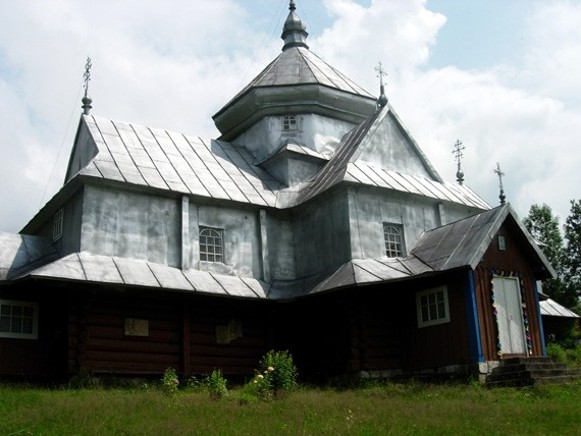
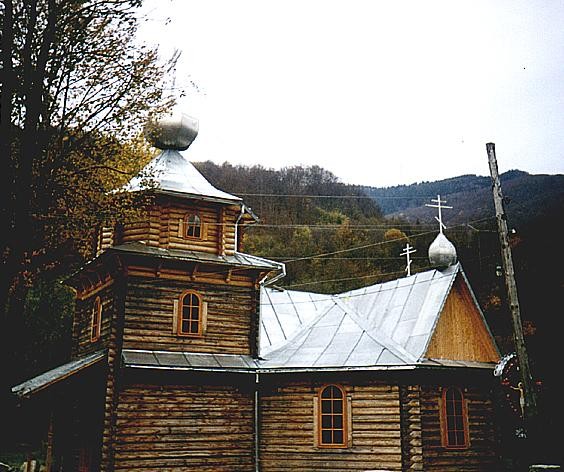
.jpg)
.jpg)
.jpg)
.jpg)
.jpg)
.jpg)
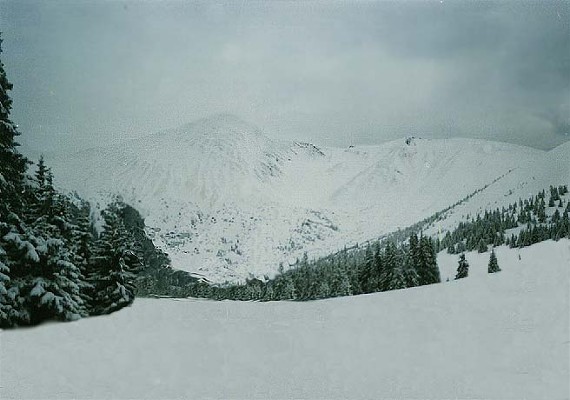
.jpg)
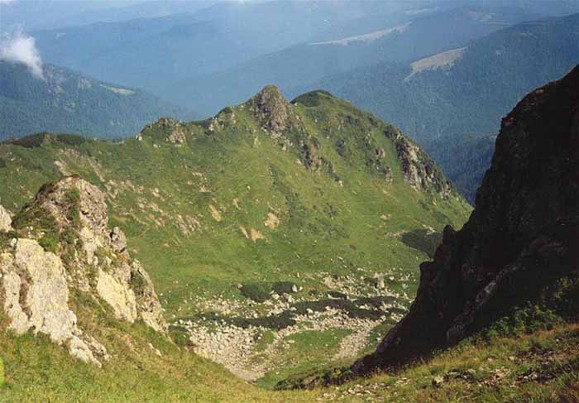
.jpg)
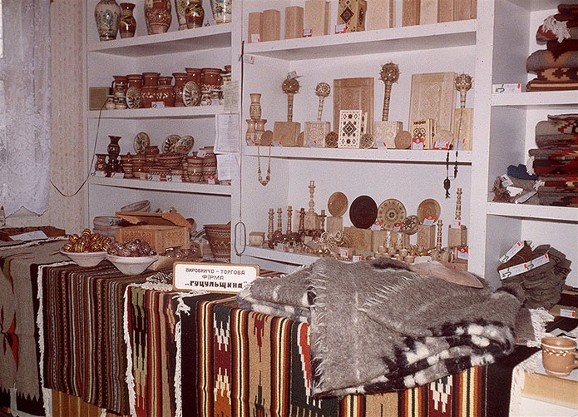
.jpg)
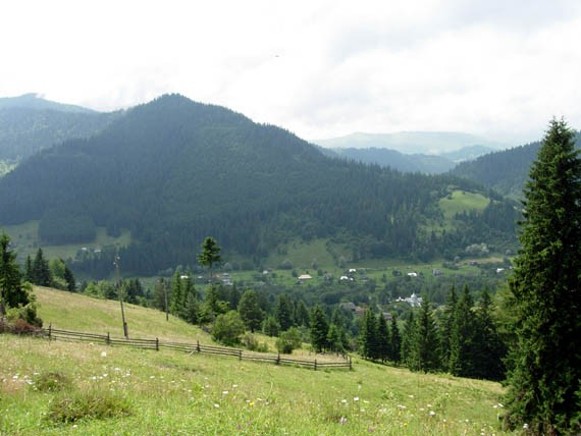
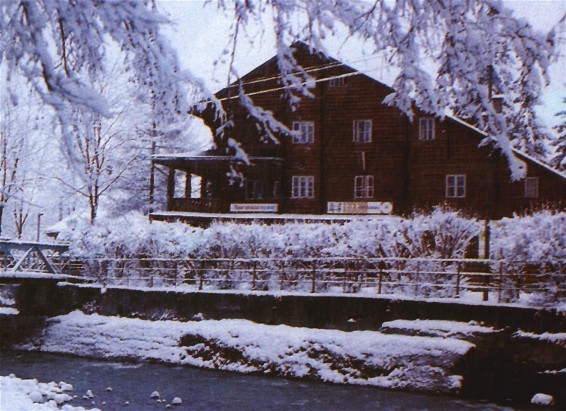
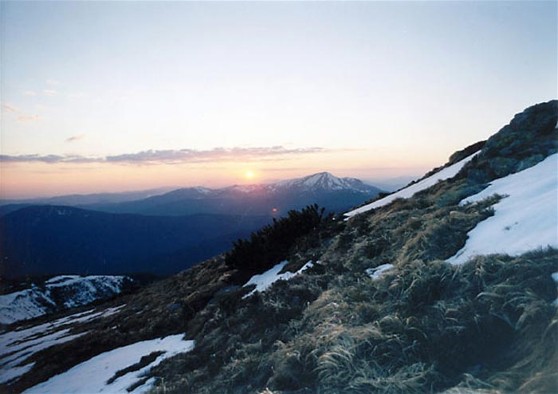
.jpg)
.jpg)
.jpg)
.jpg)
.jpg)
